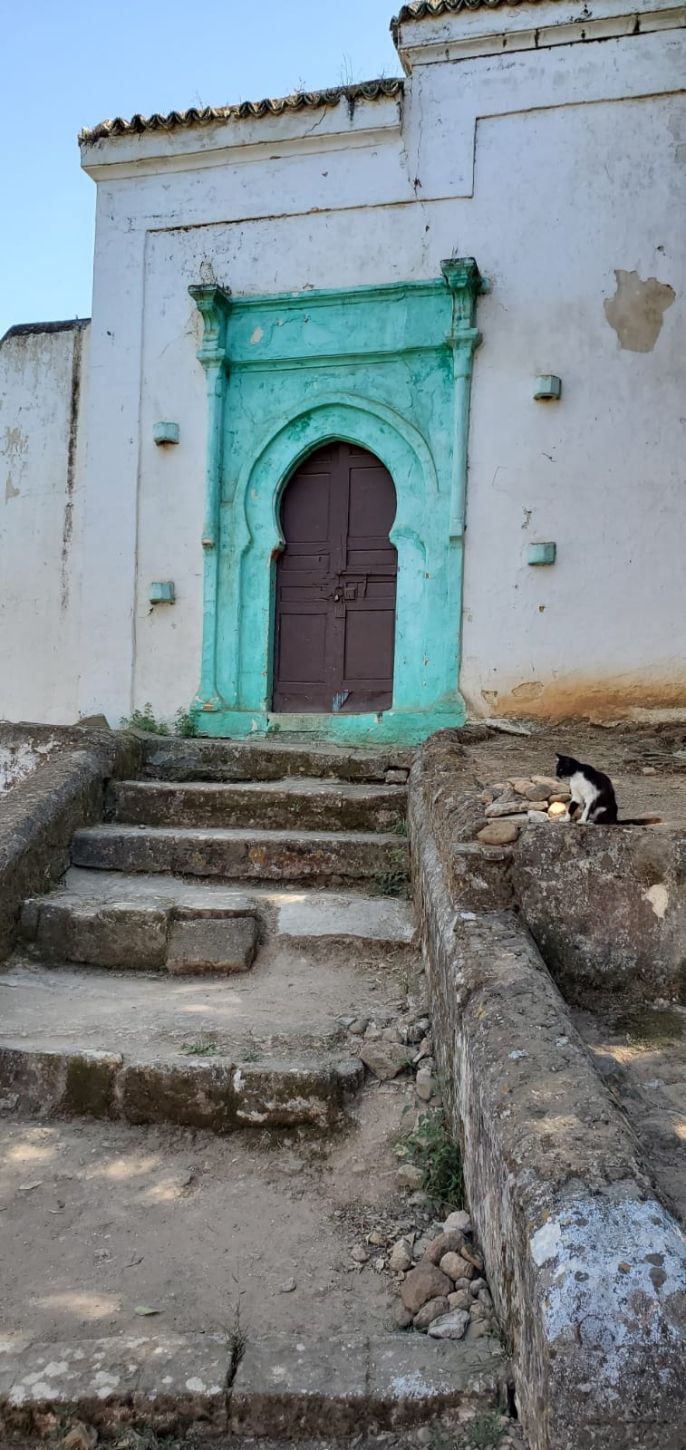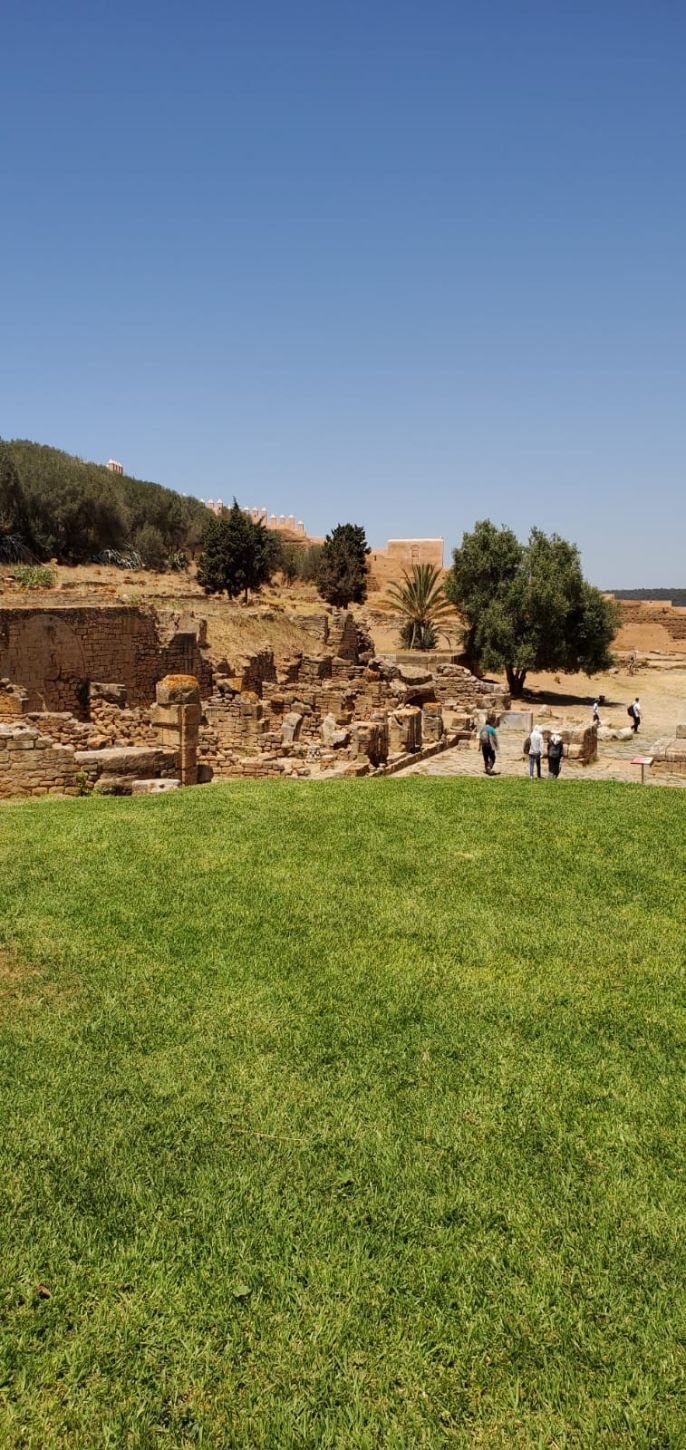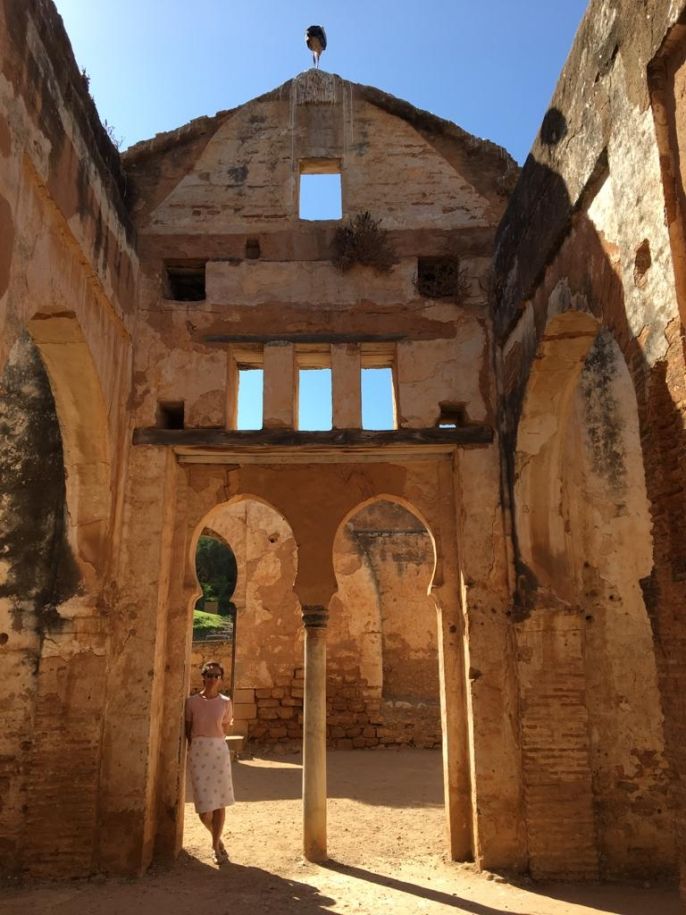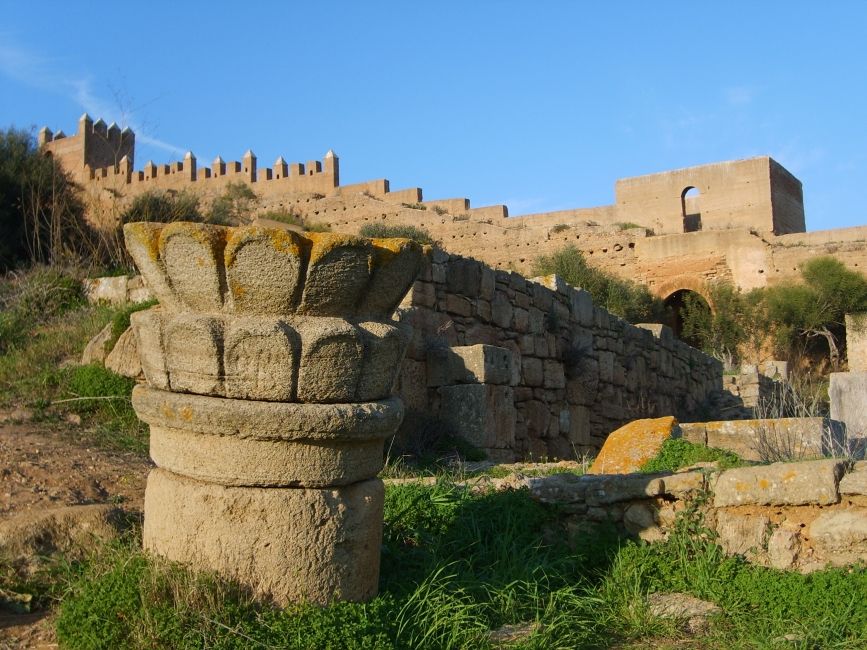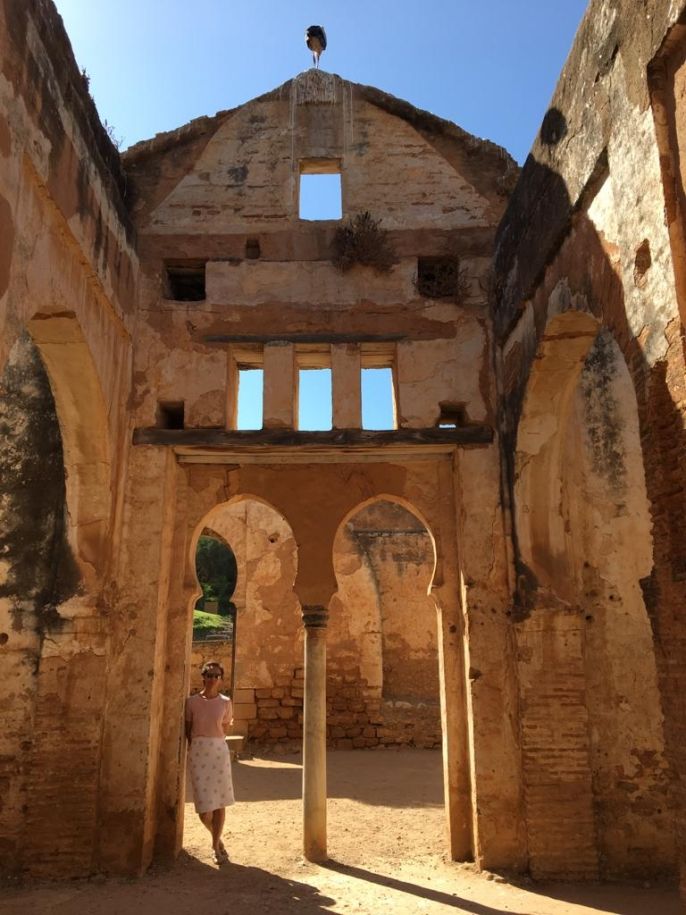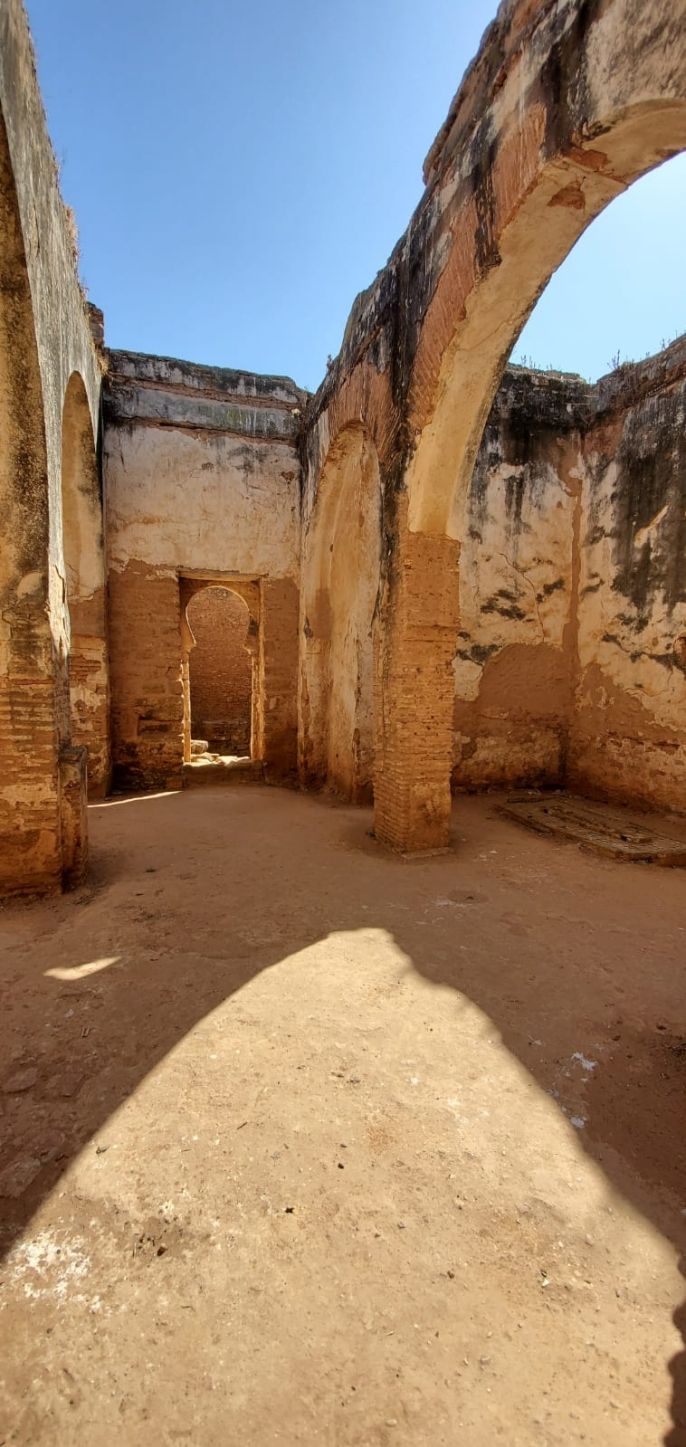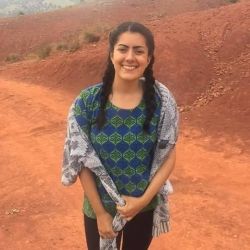Modern Moroccan Society & Chellah Visit
Written by PL Afaf Nash
The CIEE staff strive to build a holistic and interactional curriculum, one that enriches students’ experience during their study abroad program with authentic language learning along with knowledge in the culture and society where the languages are spoken. To practically implement such vision, our programs are filled with daily educational community and cultural activities. Nevertheless, students often surprise us with their thoughtful questions and healthy appetite to learn more, which sometimes requires shifting things around impromptu to meet their welcomed curiosities.
This summer in our Rabat Center, we have an exceptional group of students who are keenly interested in the historical development of the Moroccan society, politics, religion, and educational contexts as these elements interact with the complex linguistic map of Morocco. Therefore, we decided to invite one of Morocco’s intellectual and academic professors, Professor Saber al-Usrai (صابر العسري) to give a talk and to answer students’ questions. Dr. Saber[1] is a professor of literature and Arabic at Mohammed V University at Adgal[2] where he teaches Moroccan literature and society, translation, and Arabic; he has published widely on these topics. In addition, Ustaad Saber[3] is a lecturer with CIEE university program, lecturing on the Arabic Spring and the present Moroccan society. In his talk to our high school students, Dr. Saber summarized Morocco’s history and the development of its political system. The students had many questions not only about al-Maghreb, but also on the present political climate in the Middle East in general. Dr. Saber, was pleasantly surprised about the level of students’ knowledge and eloquence. They wanted to know how the religious and political powers outside Morocco influences societal affairs inside Morocco. Dr. Saber explained, among many other things, that the Moroccans love and respect their king, His Royal Highness, King Mohammed VI (in throne july-1999-present) a great deal and adhere to the authority boasted on him by the position and the divinity of his family that is historically connected to the prophet Mohammad (صلى الله عليه وسلم [4]). They also respect the history of their country and its current position not only among the Arab countries but in the global Eastern and Western spheres of world in general. Morocco is a friend to all and welcomes everyone, an atmosphere of generosity and kindness clearly felt on the streets of Morocco during our stay. Nevertheless, improving economical and educational situations is definitely an issue that needs attention and planning. Dr. Sabar concluded his visit by congratulating students and staff for developing a program that fosters a healthy thirst for learning and developing students’ sense of being global citizens.
The next day, this rich experience was adequately followed by a day trip to Chellah (شالة ), a historical site that has witnessed the many civilizations and religious and ethnic groups of the land of Maghreb. It is a fortified Muslim necropolis that was used by the Marinid Dynasty in the 13-14 century as a royal burial site but also built on the site a complex that included mosque, minaret, and royal tombs. Earlier than that date, the Phoenicians established a trading emporium, one of many, and called it Sala which became afterwards a Roman colony known as Sala Colonia and was a center for Christianity of that time and place.
An afternoon scroll through the ruins and gardens of Challeh brings to mind this beautiful diverse history. Presently, it is a favorite place for tourists and locals, as well as the Maghrepy liqlaaq[5] storks, which chose Challeh’s long majestic tress to build their nests.
The visit began first with a reflection session about Dr. Saber’s visit. We wanted to make sure that the students have their questioned answered first by an academic and second by the program language peers. They asked mostly about the cultural fabric of daily life in Maghreb such as dating, marriage, public and private schools, and work opportunities. After the discussion we enjoyed a free time to roam around and enjoy the afternoon breeze through ruins of شالة.
[1] Here I followed the Arabic tradition in addressing figures of a boasted social status. Rather than using last name as in the Western traditions, modern Arabs use first name prefaced by a tittle relevant to a profession or a position in the society; e.g., Dr. Sabar, al-Sheekh Mohammad, etc.
[2] Agdal (Arabic: أكدال) is an urban community in Rabat, the capital of Morocco. It is a former suburb whose chief inhabitants, prior to the post-war expansion of the city, were the students of the nearby university (as noted by Malika Oufkir in her book Stolen Lives). Presently, it is among the richest neighbourhoods in Morocco. It is inhabited by many expatriates, chiefly French, as well as a population of wealthy Moroccans. It houses one of the two railway stations of Rabat, named Rabat-Agdal (WIKIPEDIA).
[3] Ustaad: an addressee form for teacher
[4] The proper Islamic way of addressing the Prophet after saying or writing his name, meaning All Prayers and Blessing of Allah be upon him.
[5] اللقلق- in MSA, Liqlaaq in Darija = stork.
Written by PL Afaf Nash
Related Posts
Weekend in Marrakesh
Our Weekend in Marrakesh - This blog was written by one of our students - Nyx Lange Reflecting on our past weekend excursion to Marrakesh from our Moroccan base of... keep reading
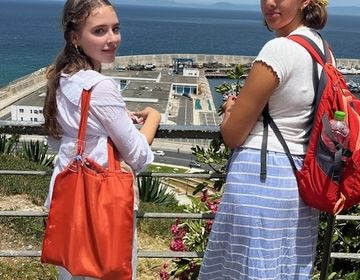
Exploring Tangier: A Day in Morocco's Gateway to Africa
This past weekend, our group ventured to the north of Morocco to the vibrant city of Tangier where the Mediterranean Sea meets the Atlantic Ocean First, we met our guide... keep reading
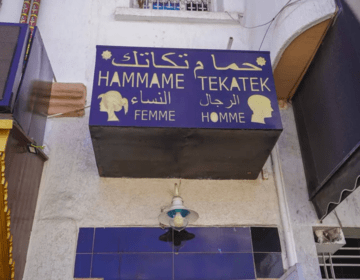
Bssaha wa Raha L'hammam🚰🪣🧼 بالصحة و الراحة الحمام
By Program Leader, Mohsin: Hey everyone! As your Moroccan program leader, I’m thrilled to introduce you to one of our country’s most cherished traditions: the hammam. If you’ve never heard... keep reading
